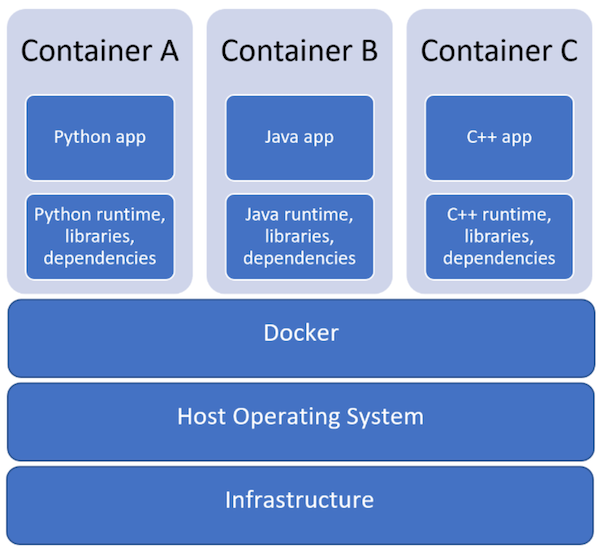Understanding Docker as a Toddler
Introduction:
LEGO blocks have always been a popular toy, allowing us to unleash our creativity and build various structures. Similarly, in the world of computers, there's a tool called Docker that shares some similarities with LEGO blocks. Let's explore this connection!
In our daily lives, we encounter numerous applications on our devices, ranging from games to educational tools. Have you ever wondered how these applications are developed? Software developers use different tools and languages to construct them, just like building with LEGO blocks.
This is where Docker comes to the rescue!
Understanding Docker :
Docker serves as a magical toolbox, providing the perfect environment (a room) for applications (LEGO creations) to run smoothly. This portable toolbox ensures that regardless of the destination, the application will function exactly as intended, just like your LEGO creation remains intact inside its box.
In technical terms, Docker Containers are these magical toolboxes. They are lightweight, self-contained packages that include everything an application needs to run – the code, runtime, libraries, and system tools. With Docker Containers, the application can run seamlessly anywhere!
Docker Images, on the other hand, act as the instruction manual accompanying your LEGO sets. They provide the blueprint for creating Docker Containers.
In conclusion, Docker is an incredible tool that simplifies the creation and delivery of software applications, similar to transporting a LEGO masterpiece safely in a magic toolbox.
Although Docker may sound technical, it's important to remember that even the most complex concepts can be understood when related to something fun and familiar. Today, it's the connection between LEGO blocks and Docker, and who knows what exciting connections we'll uncover in the future!





Comments
Post a Comment